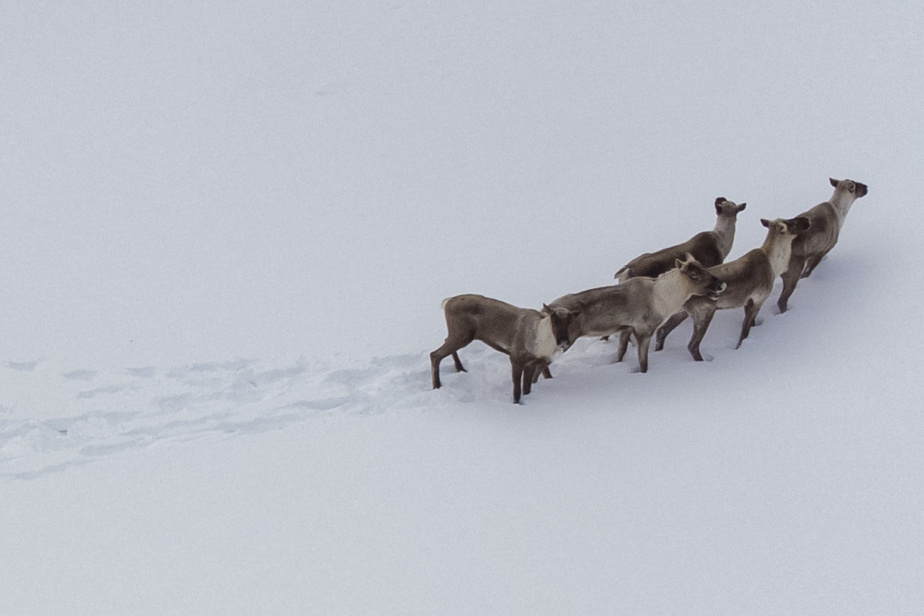A few months before the publication of a provincial strategy for woodland and mountain caribou, pressure is being felt from all sides to influence the decisions that will be made by the government.
An important report published last week1 came to highlight the pressure exerted by certain elected officials from the Côte-Nord and Saguenay–Lac-Saint-Jean regions – gathered under the banner of the Alliance Forêt Boréale – as well as their links with the forest industry. This group has openly opposed the creation of protected areas in the past. He has repeatedly denied the impact of the logging industry on caribou, despite the body of scientific evidence showing that it is one of the main threats to the species.
Competing ministries?
The fact that the Alliance Forêt Boréale is funded mainly by the Ministry of Municipal Affairs and Housing shows that consideration of biodiversity is still not acquired across the board within the government apparatus.
Once again, we are witnessing the sad spectacle of ministries working against each other, while concerted action is more than ever necessary to curb the sixth mass extinction of animal and plant species.
Last December, following the COP15 on biodiversity in Montreal, a new global biodiversity framework was adopted. Target 14 of this framework calls for governments to integrate biodiversity and its values into all decision-making processes.
The Global Framework, to which Quebec and Canada are bound, also provides for the protection of 30% of the terrestrial and marine territory by 2030. While Quebec has approximately 17% of protected areas, the protection of woodland caribou will be an incredible opportunity to move towards this new target. According to our estimates, more than 35,000 km2 priority territories for caribou could be protected immediately, adding more than 2% of protected areas across Quebec.
It is also a golden opportunity to support the protection of the territory by indigenous peoples – a commitment of the Prime Minister during COP15. Several communities are already in solutions mode, such as the Innu of Pessamit who propose to protect the Pipmuakan sector, on the North Shore.
No omelettes without breaking eggs
Many fear that caribou protection will jeopardize jobs in the forestry sector because of a potential reduction in the volumes of wood harvested. We are sensitive to this issue and maintain that we must seek to minimize the impacts on workers in the forestry sector. It is doable: a large protected area of more than 10,000 km2 was created a few years ago in the Montagnes Blanches sector, north of Saguenay–Lac-Saint-Jean, with no significant impact on the industry and its workers.
The affected communities and workers must be assured of a just transition, as has been done for other industrial sectors in the past.
However, we must also ensure that the economic information on which the government bases itself is adequate. Too often, we have been dangled with catastrophic scenarios of job losses without a rigorous scientific basis2. The report published last Tuesday demonstrates the importance of rigorous investigative journalism and fact-checking with experts.
In a case like the woodland caribou, history has shown that the longer we wait, the more leeway we lose. It is time to work together to settle this issue once and for all.
